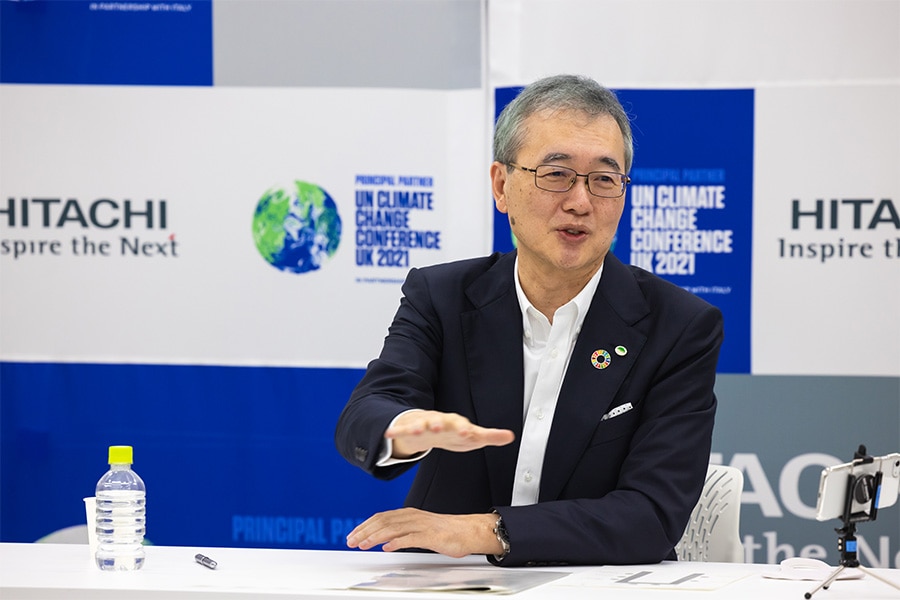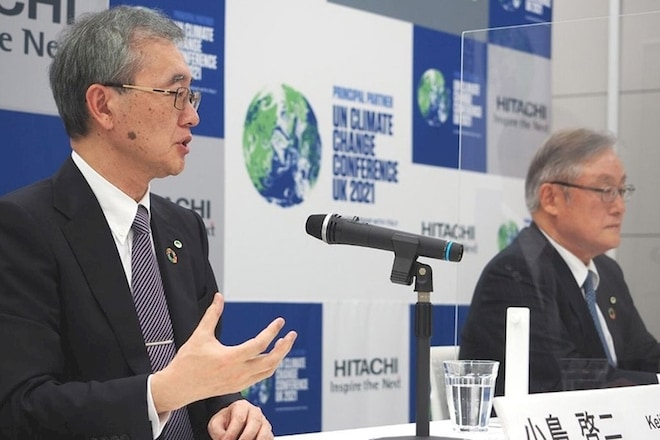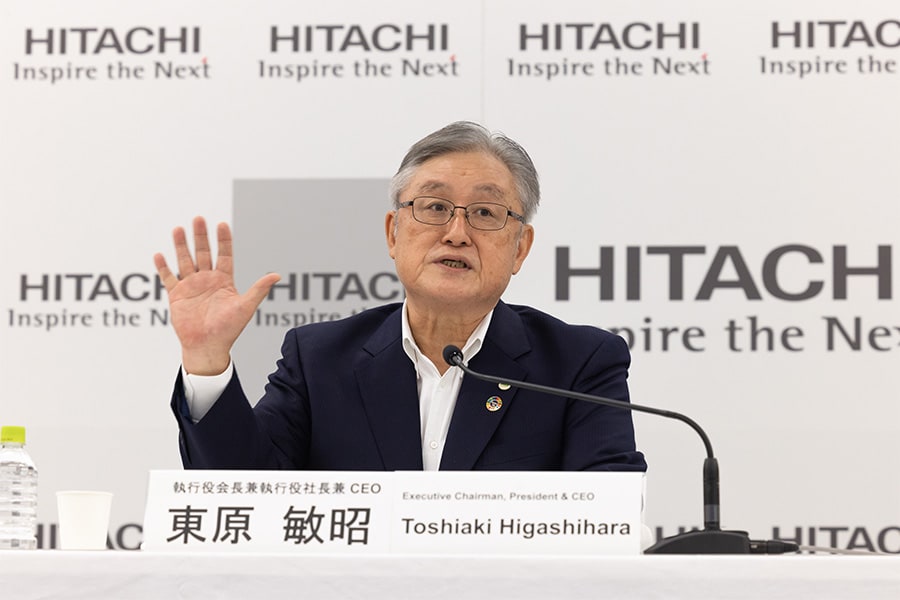Hitachi has unveiled the next generation of the OASIS™
Disruptive Innovation via Lumada: Hitachi's New President Keiji Kojima on his New Vision for Hitachi (Part 2)
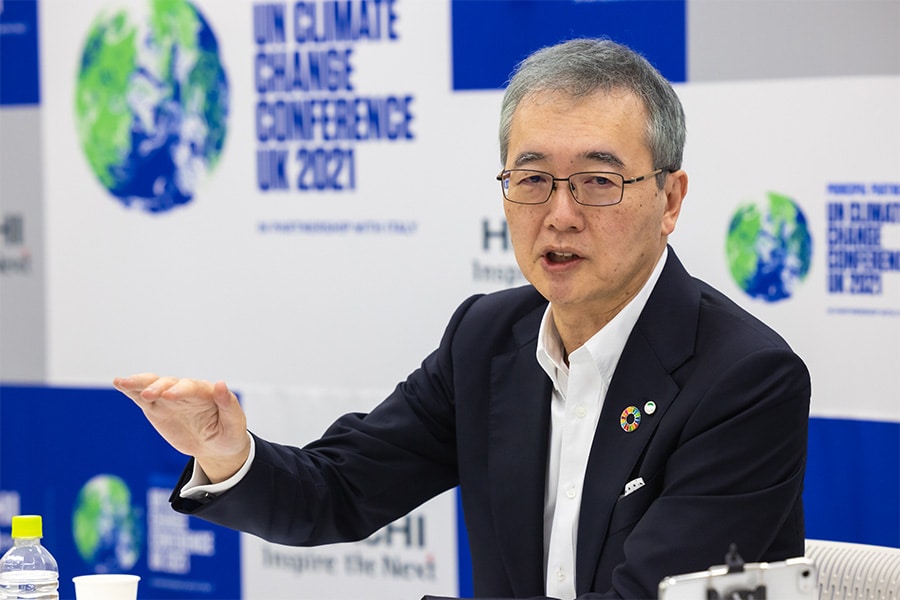
Following his appointment to the positions of President & COO of Hitachi, Ltd., Keiji Kojima gave joint media interviews on June 24 and 25, 2021. Since joining Hitachi in 1982, he has been involved as a researcher in a variety of Hitachi research and development projects. In Part 2 of this article, he discusses his future management strategy, including a future vision for Lumada, a core Hitachi business, and his reasons for strengthening research and development.
Future vision for Lumada as envisioned by President Kojima
--What will Lumada look like 10 or 20 years from now?
Kojima: I am thinking of two phases. In Phase 1, our powerful IT team will use Lumada to utilize customers' data to innovate and help grow their operations. As far as I can see, Phase 1 is transitioning quite well in Japan.
In Phase 2, there are two things that we need to do. The operational innovation that we carried out in Phase 1 needs to be carried out overseas, and significant innovation needs to be brought about in hardware and other product businesses. I envision fully using Lumada over the next 10 or 20 years to bring about disruptive innovation.
For example, products such as portable audio players and cassette decks were digitalized and connected to network services, creating an innovation known as the "portable digital audio player." The same pattern repeated when smartphones were born out of mobile phones, with smartphones becoming a huge success. In this way, products considered to be "legacy products" by the market achieve tremendous innovation through digital technologies. I want to make this happen one after the other for Hitachi products.
--What global territories do you want to expand into in the future?
Kojima: I believe that we have an opportunity in the industry sector of North America. I believe that North America's industry, which includes manufacturing, is set to grow again. In addition, there is a lot of aging infrastructure, which will spur considerable demand for refurbishing. Moreover, the Biden administration has set forth major support policies aimed at strengthening the manufacturing industry. I therefore believe that North America will be one of the critical markets in the next term's Mid-term Management Plan.
In North America, we have a big opportunity to use Lumada and the services of GlobalLogic—whose acquisition will be complete in July 2021—to invoke innovation in conventional manufacturing products. Additionally, JR Automation Technologies, which we acquired in 2019, deals in North America in the robotic system integration business, which I believe will be able to create effective synergies going forward.
To make a reality of all this, we need to supply sufficient digital resources to North America. India will be important to this. While China has been thought of as the world's production plant up to now, from now on India will become a supplier of digital resources for the world. We will set up robust pathways to resources in India and will use them to support future growth.
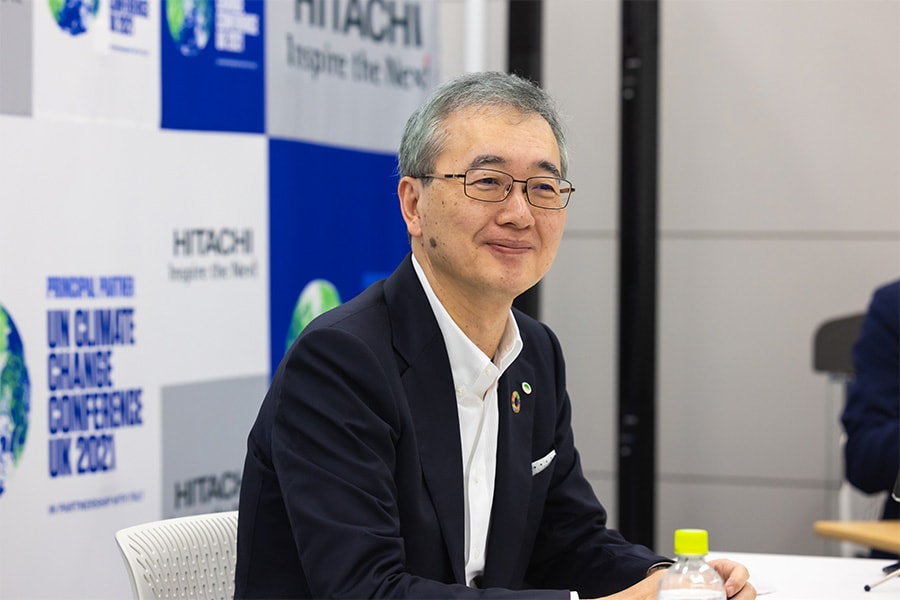
GlobalLogic: Essential to the growth of Lumada
--Please tell us how you will use GlobalLogic.
Kojima: When I decided it was time to switch to Phase 2, we were short of something: an IT team for product innovation. Although we do have a team that brings about operational innovation by conducting system integration, we lack IT resources for the products business, and this impedes innovation. I believe that herein lies the cause of Lumada’s insufficient growth in the products business.
GlobalLogic approaches companies that deal in products by offering them the opportunity to achieve significant innovation in their products through the use of digital technologies. Design specialists who consider products from a design perspective make proposals. They relay to prospective clients that, by looking at their products with completely fresh eyes, they can come up with some really amazing things. Next, they carry out customer discussion, upon which they base system development, which they also take on. This is what GlobalLogic is all about.
In essence, they bring about the disruptive innovation of products by using digital or cloud-type technologies. There is currently a tremendous need for this. We hear about the digital transformation of operations. What they are trying to achieve is the digital transformation of products. For Lumada, these skills and resources are important to Lumada’s further expansion.
We will bring about the innovation of various products in Hitachi's lineup in order to offer great value. Our image for the next 10 to 20 years is for this happen for railway cars, medical equipment, and everything else.
The reason for "backcasting" from 2050
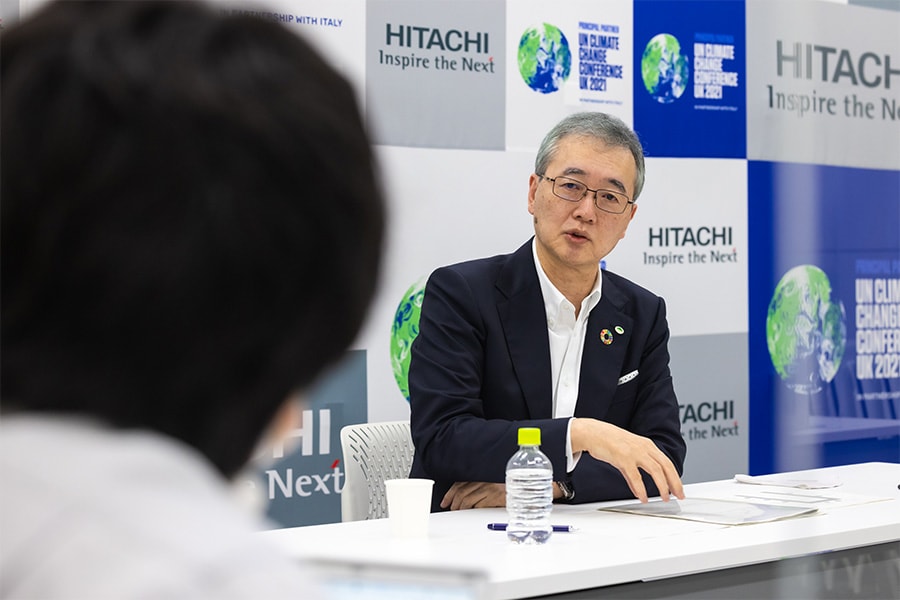
--You have spoken about making considerations from the point of view of backcasting (the idea of forecasting the state of the future and then returning to the present to consider policies that need to be pursued) from 2050. What are you aiming for by 2050, and what needs to be done in the next five to six years to achieve that?
Kojima: I hold the view that Hitachi contributes to the world and grows its business by finding solutions to social challenges using technology. I therefore consider what kinds of social challenges will be solved in 2050. For example, I project that, in 2050, cancer will be completely eradicated. Then, in accordance with that, I incorporate by when such a diagnosis must be able to be made and by when such a treatment ought to be available, and then I consider how we should, in the now, evolve blood analysis devices.
In other words, we need to look back from the year 2050 and create a solid path for what should happen and when and then plan our R&D and M&As accordingly. This is what we mean by "backcasting from 2050."
--You announced that you will invest a total of 1.5 trillion yen (approximately USD $13.6 billion) in R&D over three years. What is the background behind this?
Kojima: My next mission is growth. The first thing that is important to growth is cost competitiveness. We cannot grow unless we reduce costs and raise our operating profit margin. We also need to raise our asset turnover ratio. If we simply carry out conventional operations, the gradual shrinkage of our businesses and products is inevitable. To change to a growth mode, we need to fight off the shrinking trend and make ourselves bigger.
One method of switching to growth mode is to improve competitiveness through product innovation. The biggest point to my strengthening of investment in R&D is to achieve growth by bringing about innovation for our current products.
There are two ways to bring about the innovation of products. One is the full use of Lumada and other tools to digitalize products with digital technology. GlobalLogic will play a part in this. The other is to bring about innovation by developing innovative hardware and products. I intend to use the method of backcasting from 2050 for this.
We will bring about huge innovation by innovating products via their digitalization and by employing the idea of backcasting. I am going to invest in R&D based on both of these.

